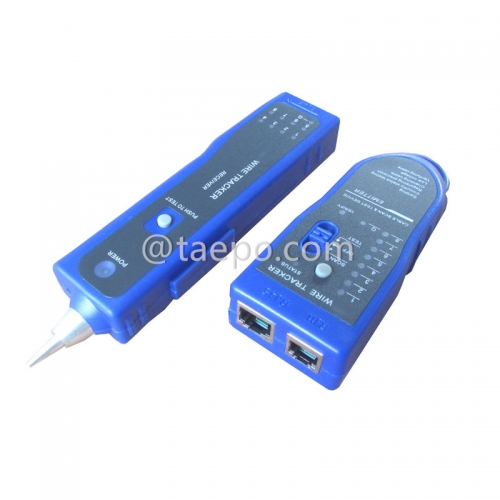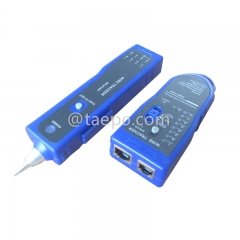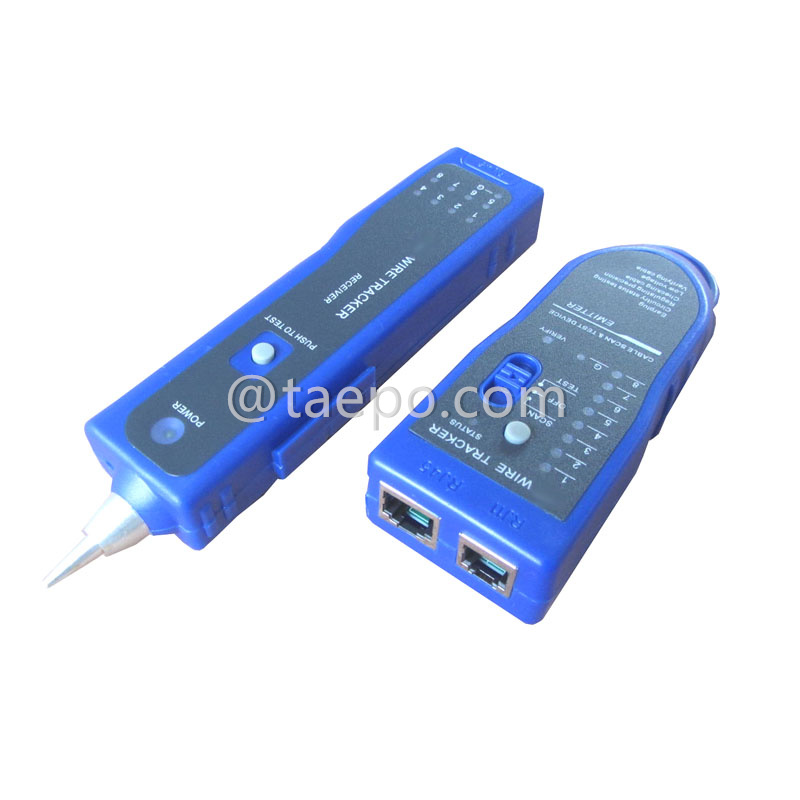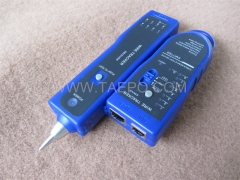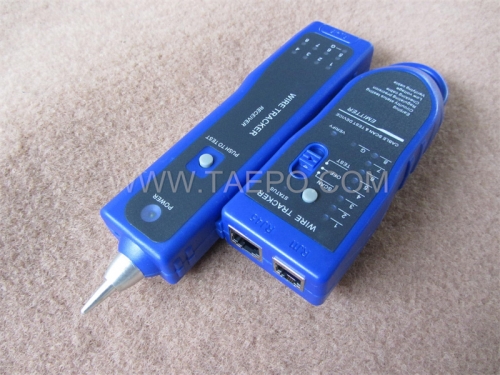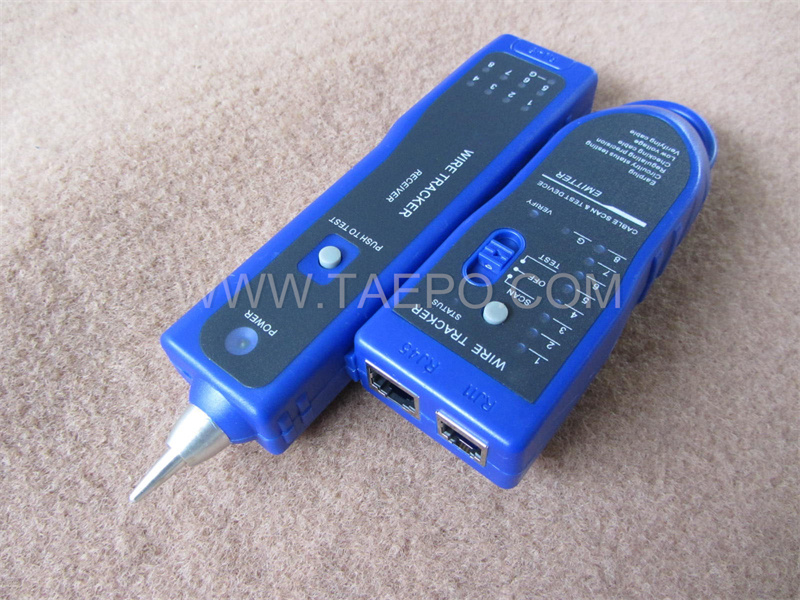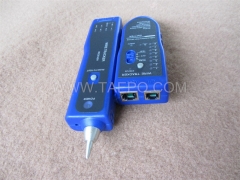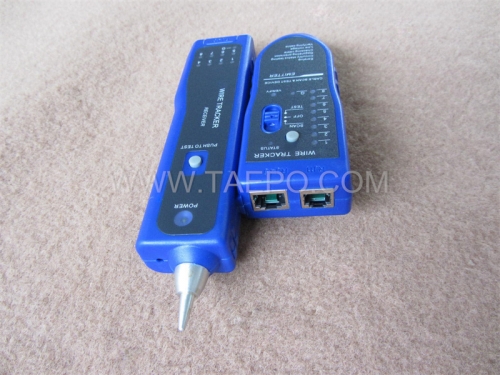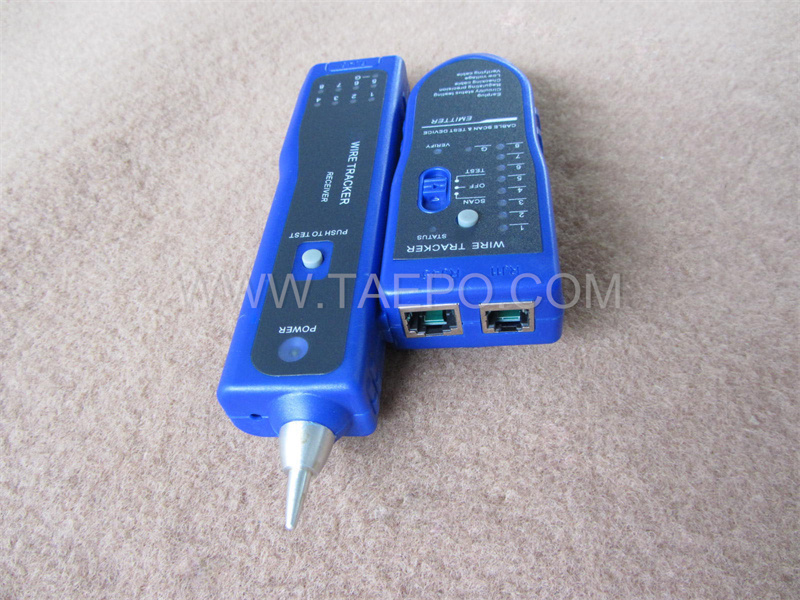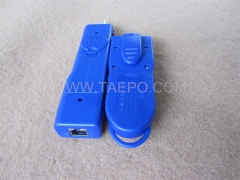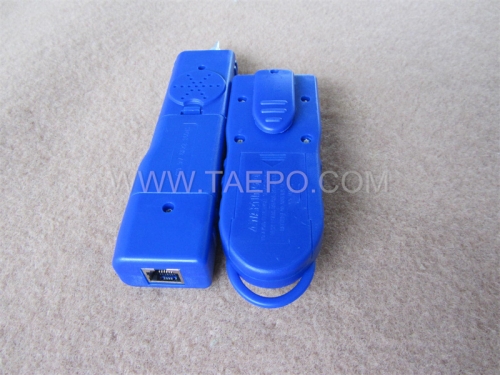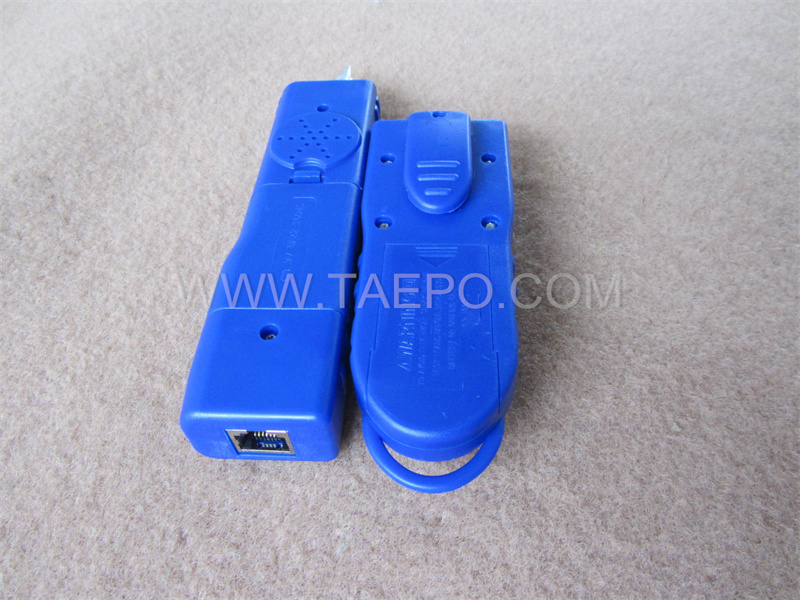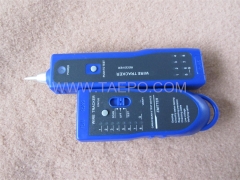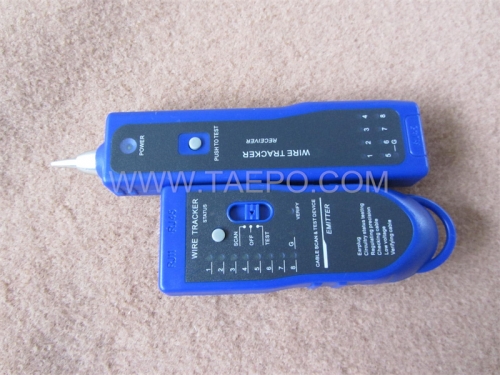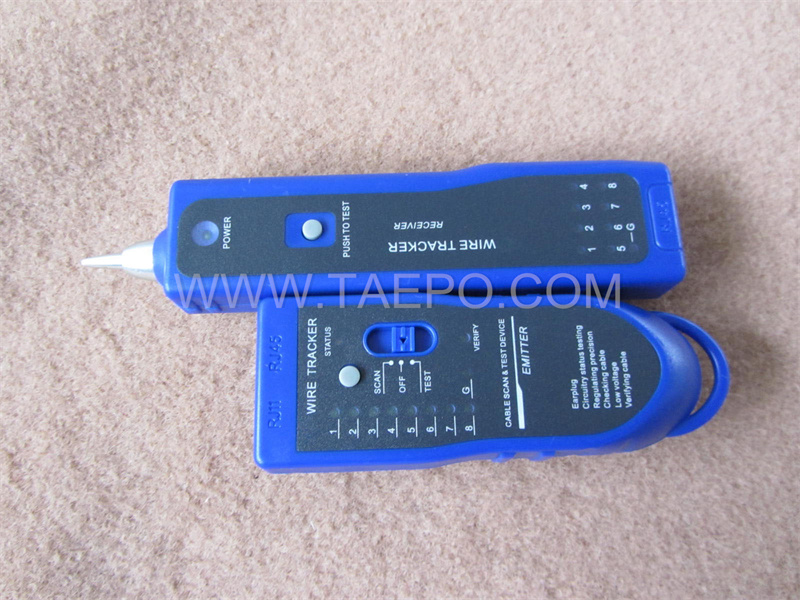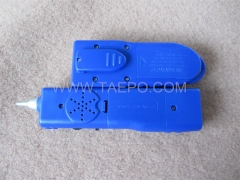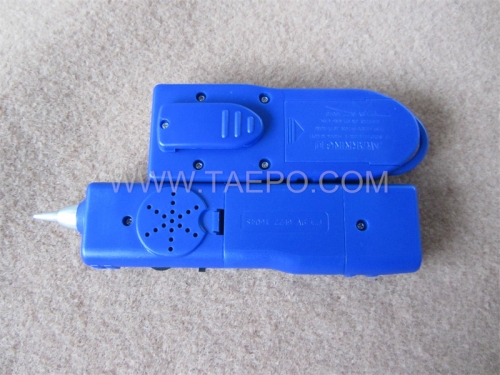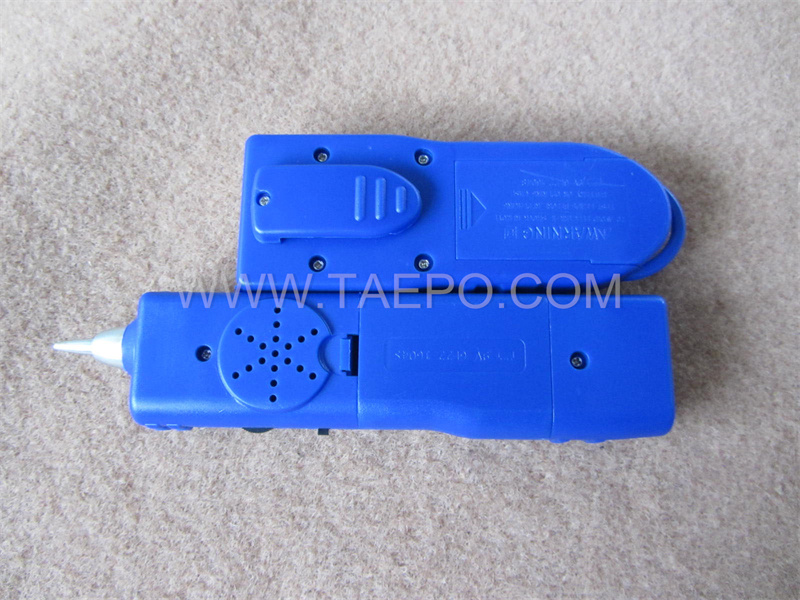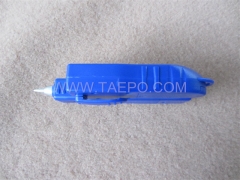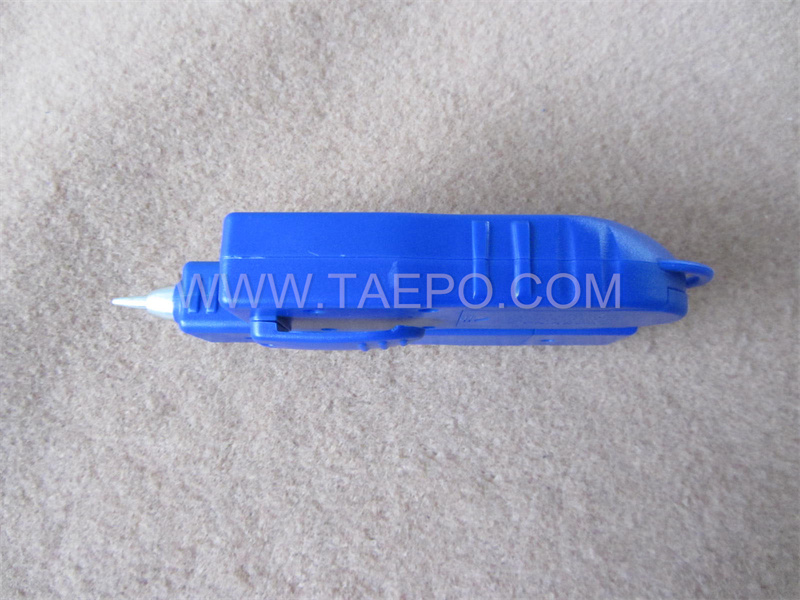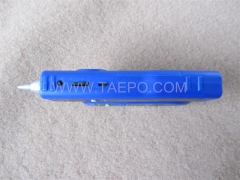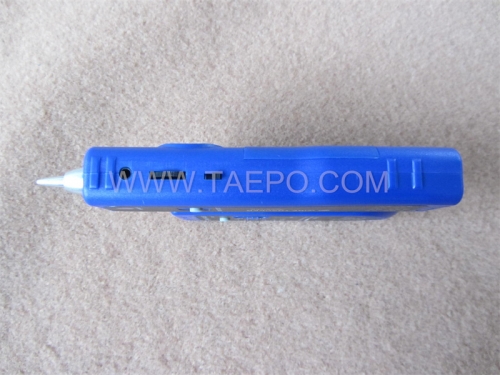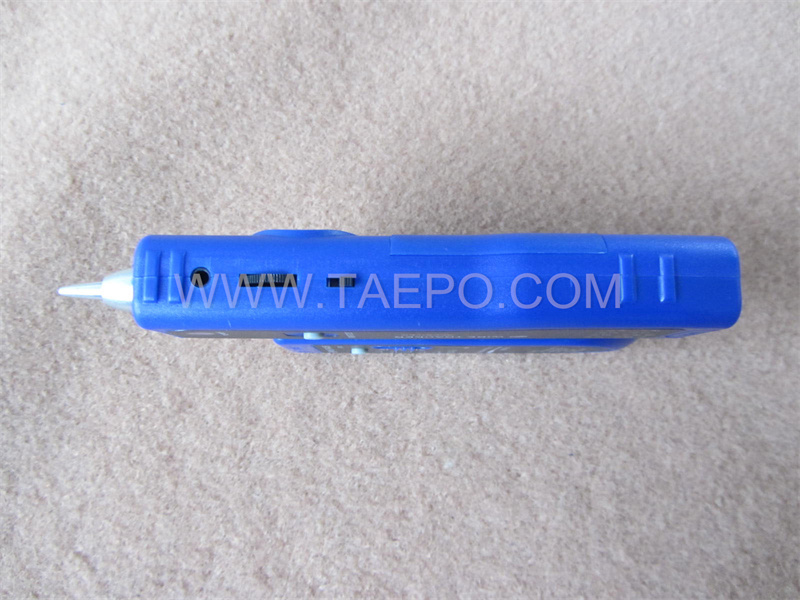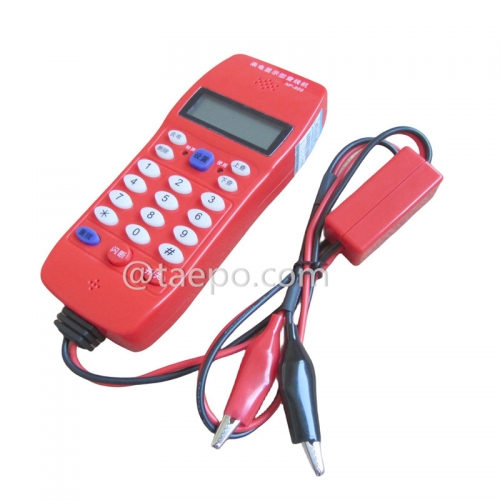Descriptions
Question 1: What is a cable locator tracker ?
Answer: A Multifunction network electrical wire underground cable locator tracker is a device used to locate and trace cables and wires within a network infrastructure. It typically consists of a transmitter and a receiver.
The transmitter is connected to one end of the cable or wire that needs to be traced, and it sends out signals along the cable. The receiver is used to detect these signals, allowing the user to follow the path of the cable or wire.
These devices are essential for network technicians and electricians when working with complex network setups where cables may be hidden or tangled. They help to quickly identify cables, troubleshoot connectivity issues, and perform maintenance tasks more efficiently.
Multifunctional models may offer additional features such as cable testing, voltage detection, and the ability to trace multiple cables simultaneously, making them even more versatile for various networking and electrical tasks.
Question 2: How does "A Multifunction network electrical wire underground cable locator tracker" work ?
Answer: A multifunction network electrical wire underground cable locator tracker works through a combination of signal generation and detection.
Here’s a step-by-step overview of how it functions:
Signal Generation: The locator usually consists of two main components: a transmitter and a receiver. The transmitter generates a signal, which can be either a continuous wave or a pulsed signal. This signal is applied to the cable or wire you want to locate.
Inductive Coupling: The transmitter can connect directly to the cable (using clamps or leads) or can induce a signal into the cable using inductive coupling. In the latter case, the transmitter is placed near the cable, and the signal travels along the wire.
Signal Propagation: Once the signal is applied to the cable, it propagates through the wire. This allows the locator to trace the path of the cable underground.
Signal Detection: The receiver, which is equipped with an antenna, is used to detect the signal emitted by the cable. As the receiver moves along the ground, it picks up the signal, and the user can follow the path of the cable.
Depth Measurement: Many advanced locators can measure the depth of the cable as well. This is often done using additional sensors that analyze the signal strength and phase, allowing the device to estimate how deep the cable is buried.
Visual and Audio Indicators: The receiver typically has visual indicators (like LED lights or a display) and audio signals (like beeps) that help the user identify the location and depth of the cable. The intensity of the signal can indicate proximity to the cable—stronger signals indicate closer proximity.
Multifunction Capabilities: Some models can switch between different modes to locate various types of cables (e.g., power lines, telecommunications cables, fiber optics) and may also have additional features for identifying other underground utilities.
By using these processes, a multifunction network electrical wire underground cable locator tracker helps users safely and efficiently locate buried cables without the need for excavation.
Main Features
The main features of a multifunction network wire cable locator tracker typically include:
Cable Tracing: Ability to trace the path of cables and wires within a network infrastructure, helping technicians locate and identify them accurately.
Transmitter and Receiver: Consists of a transmitter unit that sends signals along the cable and a receiver unit that detects these signals, allowing for easy tracing.
Multiple Signal Modes: Offers various signal modes such as tone, pulse, or digital signals to accommodate different types of cables and environments.
Distance Measurement: Some models provide distance measurement capabilities, allowing users to determine the length of cables or the distance to a break or fault in the cable.
Cable Testing: Ability to perform cable testing functions, such as continuity testing, open/short circuit detection, and wire mapping, to ensure cable integrity and functionality.
Voltage Detection: Includes voltage detection features to identify live wires and prevent accidental electrical shocks during cable tracing or maintenance.
Multifunctionality: Provides additional functions beyond cable tracing, such as network testing, wire mapping, and fault diagnosis, to enhance versatility and usability.
LCD Display: Equipped with an LCD display on both the transmitter and receiver units to provide real-time feedback, signal strength indicators, and other essential information during cable tracing tasks.
Durability and Portability: Designed to be durable, lightweight, and portable for easy transportation and use in various work environments, including industrial settings, offices, and outdoor locations.
User-Friendly Interface: controls and user-friendly interfaces make operation straightforward, even for technicians with minimal experience or training.
These features collectively enable technicians to efficiently trace, locate, and manage cables within complex network infrastructures, facilitating troubleshooting, maintenance, and installation tasks.
Schematic Diagrams
Packing Pictures
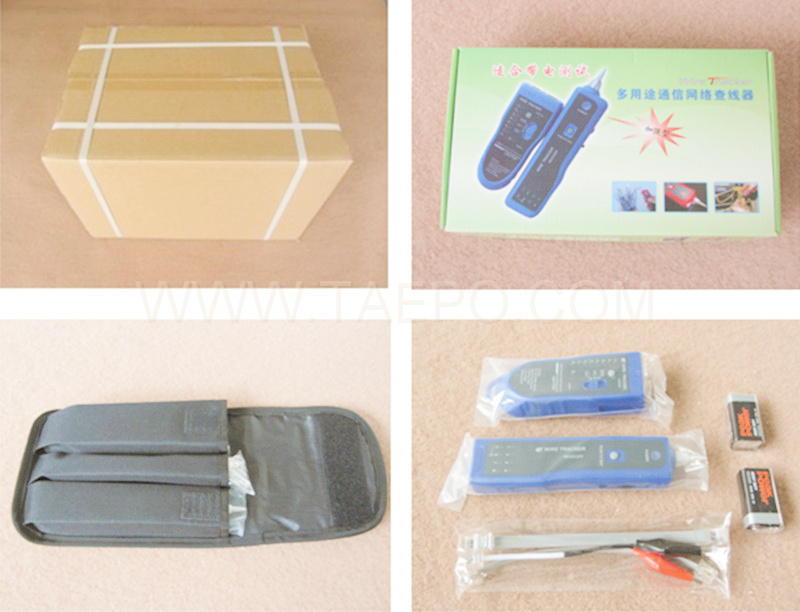
Order Data
| Item No |
Descriptions |
| TP-5811-A |
Multifunction wire tracker |

